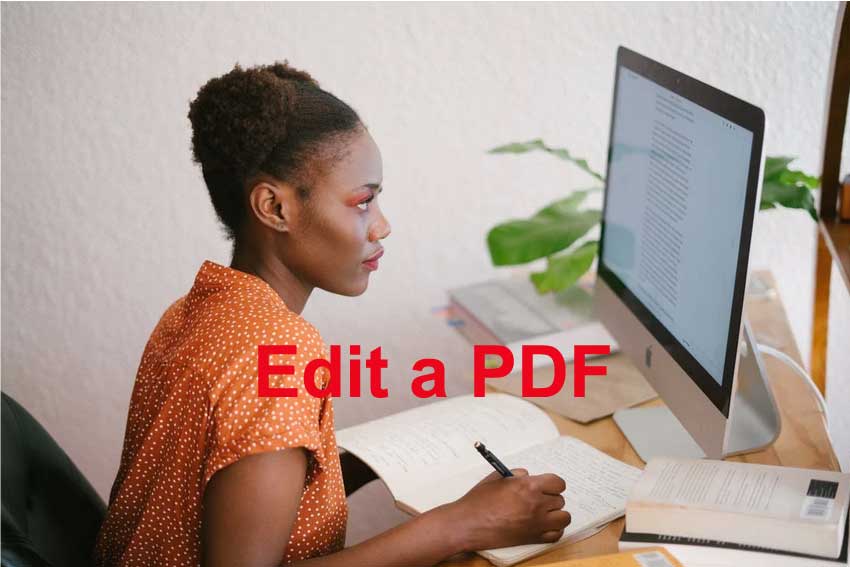The workplace runs on documents. From creating and saving to sharing and submitting, most of us are dealing with documents in one form or another for a good chunk of almost every day.
All those documents pile up, and before you know it, you’re spending more time trying to figure out how to manage your documents than you are actually getting work done!
Here are three document management strategies that will help you take control of the documents you use for work so they don’t take over your schedule.
Join and Split PDF Files
PDF files can be kind of a pain to work with because they aren’t as easy to edit as other types of documents. They don’t have to be hard, though. With the right programs, you can edit PDF files easily.
When you learn how to edit joined documents, you can merge them in one place. That makes them easier to edit, and it also makes them easier to save, as you only have to save one document instead of multiple documents.
You can also learn how to split PDF files. It’s a great idea if you’re working with a large document and only certain people need to see certain portions of the file. It can save you time trying to find relevant information, and it can enhance security measures.
File and Name Documents as You Work
It’s really easy to save a document on your desktop real quick or give it the first name that comes to mind, but you’re setting yourself up for a lot of work in the future.
Create a plan for naming files from the very beginning and stick to it. Set up a file hierarchy that makes sense to you and save files exactly where they are supposed to go from the very beginning. It may take you a few extra seconds in the moment, but it can save you hours of work later on when you’re trying to get everything organized the way it should have been organized in the first place.
Use a Note-Taking Application
Chances are, you’re taking notes throughout the day. If you’re keeping a running list of notes in different documents, you should know that there’s a better way to do it.
Instead of muddling down your folders with notes that become irrelevant quickly, use a note-taking application.
A few note-taking apps to consider include:
- Google Keep is a simple note-taking app that connects with other Google apps
- OneNote allows you to take notes with text, audio, images, video, tables, and drawings
- UpNote has a simple interface that’s available for macOS, Windows, Linux, iOS, and Android
From figuring out how to edit a PDF to searching for lost files, there are a lot of ways your digital documents can get the best of you. But they don’t have to! With these tips, you’ll keep track of important files and collaborate more easily, which means you can get more work done in less time.
